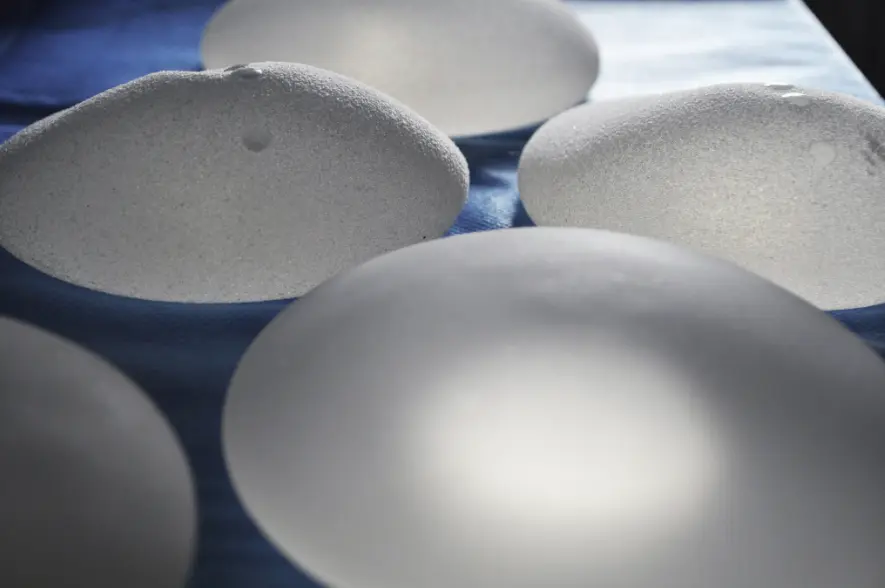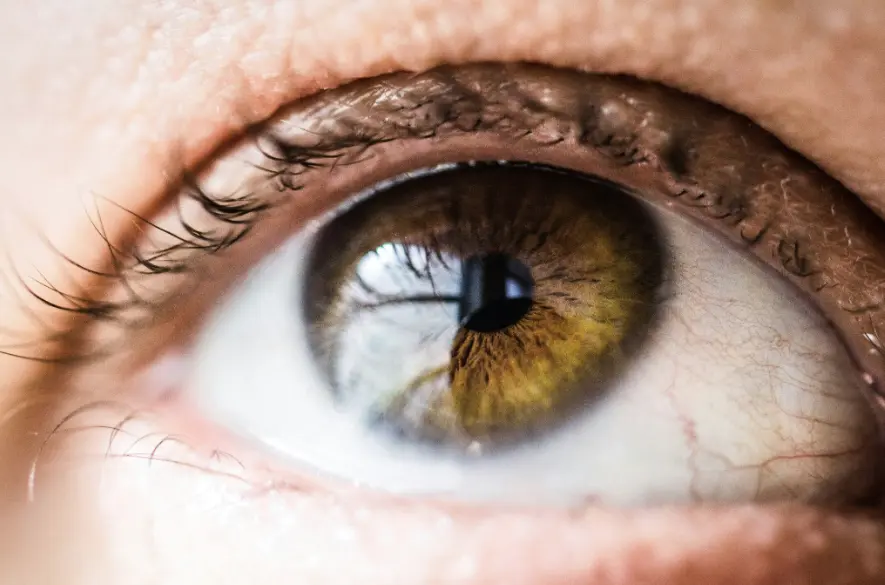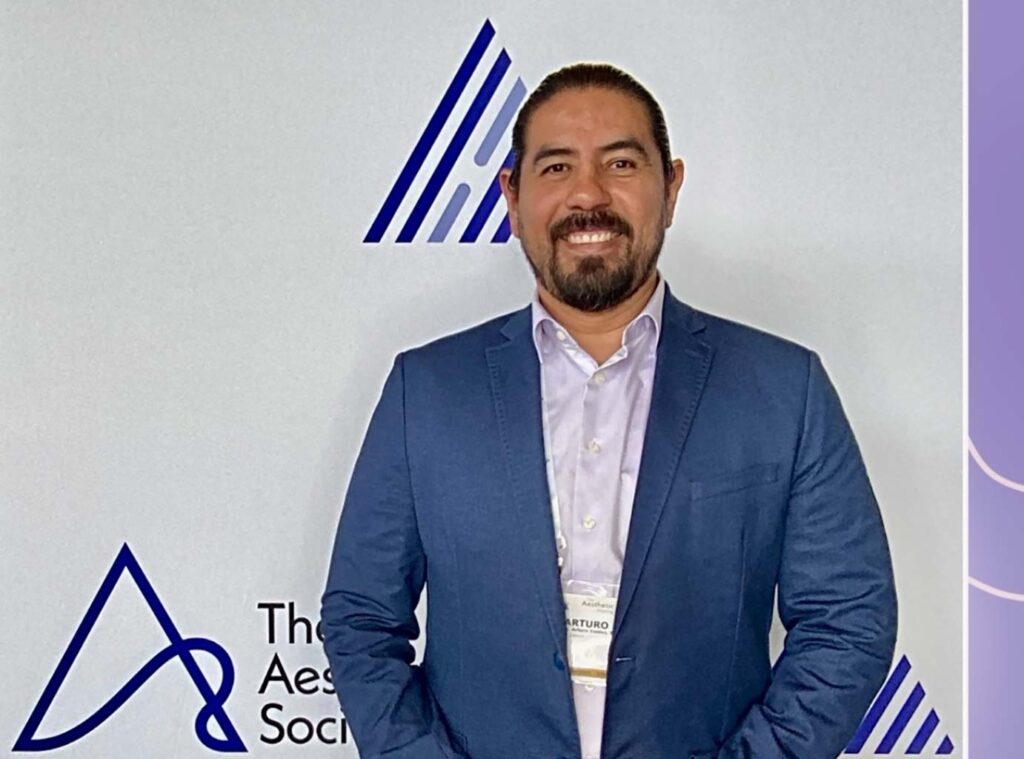A fat transfer from the stomach to buttocks (part of a Brazilian Butt Lift) removes excess fat from your abdomen and injects it into your buttocks for a fuller, natural shape. Recovery takes several weeks, and results stabilize after 6 months. In Mexico, the procedure costs around $3,000–$5,000, performed safely by board-certified surgeons like Dr. Arturo Valdez in Cancun.
A study done in 2005 found that only 8% of women have an hourglass figure, and most (46%) have a rectangular figure. Fast forward a few decades, and we still covet the voluptuous silhouette, wanting curves in all the right places.
Chances are, you’re not one of the lucky few who naturally have an hourglass figure, and you need some help. In that case, you can get a Brazilian butt lift (BBL) with fat transfer from the stomach to buttocks. Not only does this address stubborn excess fat in your stomach, but it also adds to your butt’s volume.
If you’re interested in having a surgical fat transfer to achieve the body you’ve always wanted, then keep reading. We’ll give you a thorough guide on this procedure.
What Is This Procedure?
This procedure is usually part of a BBL. It augments your buttocks, but instead of using implants, it utilizes your own fat through autologous fat grafting from your stomach. By reinjecting this fat into your posterior, the surgeon slims your stomach and shapes it while enhancing the buttock contour and volume.
Typical Steps for the Operation
First, you’ll have a consultation with your plastic surgeon. They’ll assess the following to plan your procedure:
- Body shape
- Buttocks anatomy
- Fat reserves
- Skin elasticity
To help with this process, they’ll often take photos. Whatever happens, you’ll discuss your desired outcome, and your surgeon may go through their before/after galleries with you to help understand what you want.
Fat Harvesting
On the day of the surgery, the surgeon will use anesthesia for your comfort and safety. Intravenous sedation may be used, but most surgeons use general anesthesia. If you have a smaller-volume transfer, IV sedation with local anesthesia may be possible.
Once the anesthesia works, your surgeon will harvest fat from your stomach. This is done through small incisions (usually hidden near natural creases). They’ll use a thin cannula to remove fat under vacuum suction.
Fat Processing
The removed fat will have impurities, such as fluid, blood, and oil. So before reinjecting the fat into your buttocks, your surgeon will have to process it through one of these methods:
- Centrifugation
- Filtration
- Sedimentation
The goal is to isolate the healthy fat cells to use for reinjection.
Fat Injection Into the Buttocks
For the fat transfer to the butt, it’s injected in multiple thin passes, which is referred to as a microdroplet technique. This improves graft survival, which is why many surgeons use this technique.
After they’re done, the surgeon will then close the incisions. You’ll have to wear compression garments that compress the abdomen and waist to help reduce swelling, but you can typically go home on the same day.
Who’s a Good Candidate?
Not everyone is a good candidate for fat transfer. If you’re interested in this procedure, then you should be a non-smoker or quit at least 4 to 6 weeks before and after surgery.
You should also have no uncontrolled medical conditions, such as:
- Diabetes
- Heart disease
- Lung disease
- Bleeding disorders
You should be cleared by a primary care provider if needed.
As for your body composition, you should have enough donor fat for harvesting in your abdomen. For this reason, your BMI should generally be between 22 and 32, as this will be the ideal range where you have enough fat but not increased risks.
In addition, you should have realistic expectations. The reality is that fat grafting adds natural enhancements, and you won’t get anything that’s extreme or instant.
Lastly, you must be willing to follow all recovery instructions. For example, you’ll have to avoid direct sitting for weeks after your surgery.
What Results Can You Expect?
Immediately after the surgery, your buttocks will already appear fuller, rounder, and higher. However, some of this is due to swelling, so don’t expect your final results to be this big.
After 1 to 3 months, some of the grafted fat will be reabsorbed (anywhere between 20% to 90%), which is natural and normal. This means that you’ll see some shrinkage, but not a huge amount.
Then, after half a year, the surviving fat will stabilize, and it’ll become permanent living tissue in its new location.
The results are permanent, but that doesn’t mean unchangeable. It’ll behave like regular fat, which means that if you gain weight, your buttocks will grow, and if you lose weight, they’ll shrink.
Major Risks and Safety Considerations
No procedure is truly risk-free, so you should be aware of what could happen so you’re prepared.
The main concerns are:
- Fat embolism
- Infection
- Bleeding or hematoma
- Sermoa (fluid accumulation)
- Numbness
- Contour irregularities or asymmetry
- Excess fat loss or excessive fat survival
- Skin laxity in donor areas
The best protection against these risks is to find the best BBL surgeon available. They’ll have the experience and training needed to perform your surgery safely.
How Much Is a Fat Transfer From the Stomach to Buttocks?
The average fat transfer to buttocks cost in the US is $7,264 for the procedure alone. If you add in everything else, you may be paying well over $10,000 for the entire BBL.
Another option is to go to Mexico for the procedure, as it’s much cheaper. You’ll pay between $3,000 to $5,000, and this includes things like consultations, anesthesia, medications, post-op care, etc.
While you may have concerns about surgical safety in Mexico, this can be mitigated if you do careful research. Also, don’t just go for the cheapest price, as your safety should be of the utmost importance.
Get a Fat Transfer From the Stomach to Buttocks
If you’d like a curvier look but without it being too dramatic, then consider a fat transfer from the stomach to buttocks. It can get rid of excess fat in the stomach while adding volume to your butt, which can accentuate your body’s natural curves.
Schedule a consultation now if you’re interested in a BBL. Dr. Valdez is an experienced board-certified plastic surgeon who can help you achieve a larger posterior with a natural look.
References
- The shape of things to wear: scientists identify how women’s figures. The Independent. November 21, 2005. Accessed September 12, 2025.
- Fat Transfer: Surgeries, Results, Risks & What to Expect. Cleveland Clinic. Accessed September 12, 2025.
- Buttock Enhancement Procedure Steps. American Society of Plastic Surgeons. Accessed September 12, 2025.
- Shih L, Davis MJ, Winocour SJ. The Science of Fat Grafting. Semin Plast Surg. 2020;34(1):5-10. doi:10.1055/s-0039-3402073
- Buttock Enhancement Risks and Safety. American Society of Plastic Surgeons. Accessed September 12, 2025.
- Buttock Enhancement Cost. American Society of Plastic Surgeons. Accessed September 12, 2025.
- Adeyinka A, Pierre L. Fat Embolism. In: StatPearls. StatPearls Publishing; 2025. Accessed September 12, 2025. http://www.ncbi.nlm.nih.gov/books/NBK499885/
Frequently Asked Questions
What is a fat transfer from the stomach to buttocks?
It’s a Brazilian Butt Lift (BBL) procedure that removes fat from the stomach using liposuction, purifies it, and reinjects it into the buttocks to add natural volume and shape.
How long does recovery take after fat transfer to the buttocks?
Most patients need around 4–6 weeks before resuming full activity. You must avoid sitting directly on your buttocks for at least two weeks and wear compression garments to reduce swelling.
How much fat survives after transfer?
Typically, around 60–80% of the transferred fat survives long-term. Some fat is reabsorbed in the first 1–3 months, with final results visible after about 6 months.
How much does a fat transfer from stomach to buttocks cost in Mexico?
In Mexico, the average cost is $3,000–$5,000, often including anesthesia, medications, post-op care, and consultations—significantly less than U.S. prices while maintaining high safety standards.






